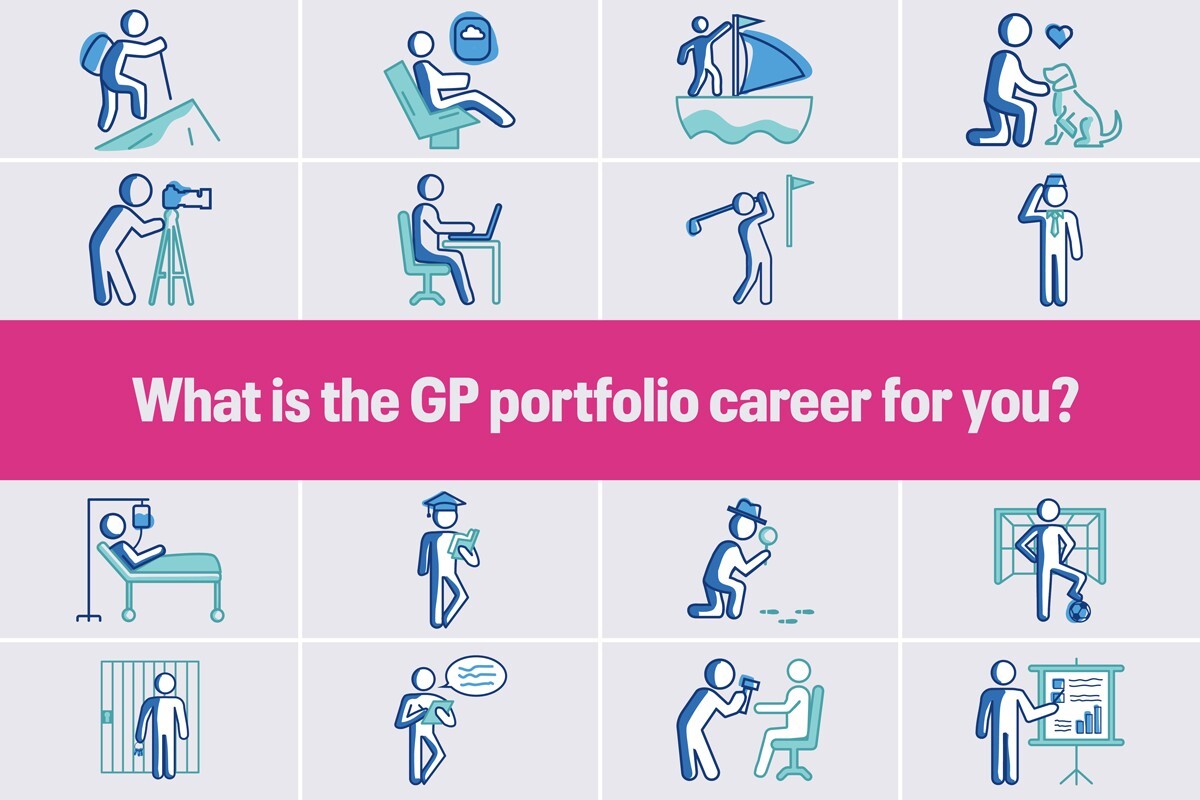Telemedicine ‘trebles death rate’ in elderly patients
An analysis in the US has suggested the remote monitoring of elderly patients is linked to substantially increased death rates, casting doubt on the Department of Health's flagship project to roll out greater access to telemedicine.
The findings come as the DH confirmed the full results of their Whole Systems Demonstrator Project will be published shortly in the BMJ, after criticism that it had not published the full results.
The American study is a further blow to ambitious plans to increase the use of telemedicine in the NHS to save the health service up to £1.2bn over five years.
Data from the WSD project released earlier this year showed a 45% reduction in mortality and a 20% fall in emergency admissions in patients with access to telemedicine – but this new study on a separate US project published in the Archives of Internal Medicine this week showed remote telemonitoring was associated with increased mortality in vulnerable patients.
The study of 205 elderly patients with a high risk of hospitalisation showed a significant increase in the mortality rate over 12 months, with rates over 12 months for the telemonitoring group at 14.7%, compared with 3.9% for the usual care group.
Telemonitoring made no difference in hospitalisation rates, with rates of 63.7% in this group, compared with 57.3% in the usual care group. The report also found no differences in emergency department visits, compared with pre-enrollment.
The researchers were unable to explain the differences, but suggested it could be because an increased number of interventions and tests in the telemonitoring group.
The paper said: ‘The difference in mortality between the two groups could be due to the lower-than-expected mortality among the usual care group or could represent higher mortality among the telemonitoring group because of increased access to healthcare that occurred with telemonitoring.'
‘For example, the performance of unnecessary tests could have resulted in increased mortality among the telemonitoring group.'
Dr Paul Cundy, chair of the GPC's IT subcommittee and a GP in Wimbledon, south London, said: ‘This study tells us the current fashion for shoving it down everyone's throats is not supported by evidence and if anything the evidence shouts loud and clear that this needs far greater scrutiny before it is embarked on wholesale.'
Pulse has learnt the Department of Health will publish the full results of the WSD project in the BMJ shortly. A DH spokesperson said it is being peer reviewed in BMJ and will be published once the BMJ's processes have been finished.
Cornwall PCT, one of the sites chosen for the pilot alongside Kent and Newham, has announced it will lead the push to roll out the scheme nationally, despite full results of the pilot not being released.
Speaking to Pulse, Dr Mark McCartney, a GP in Cornwall said this was a mistake.
He said: ‘The delay is causing problems. In Cornwall, we have been asked to endorse a roll-out of telemedicine on the basis of the headline figures before we have been given the chance to see the academic debate.'
Pulse this month revealed that a separate pilot for telemonitoring at NHS Gloucestershire had reached less than a quarter of the 2,000 patients it was commissioned to help, despite offering referral fees to GPs.
Last month researchers working on the DH pilot revealed unpublished cost-effectiveness data that showed it had had little effect on quality of life and had shown a cost per QALY of £88,000.
In figures
- The study looked at 205 elderly patients, with an average age of 80.3 years
- There was little difference between hospitalisation rates of telemonitored patients (63.7%) and usual care group (57.3%)
- Mortality for telemonitored group was 14.7%, compared with 3.9% for usual care group
Source: Arch Intern Med 2012, online 16 April













